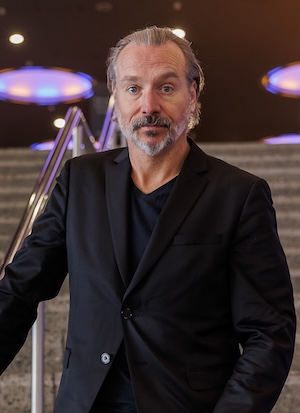Have you ever felt like sticking to what you've always done, even though you know change would be better? That feeling is known as the status quo bias—the human tendency to choose the safe and familiar, even when there are better alternatives. This bias is deeply rooted in our psychology and culture. It doesn’t just show up in our personal lives, but also in organizations, where clinging to old structures and processes can severely hinder innovation. But why do we do this? And more importantly: how can we break free from it?
The psychology behind the status quo bias
 People are naturally risk-averse. Change brings uncertainty, and our brains often interpret that uncertainty as danger. Economists William Samuelson and Richard Zeckhauser described this phenomenon back in 1988: we tend to make decisions that align with our current state—even when better options are available.
People are naturally risk-averse. Change brings uncertainty, and our brains often interpret that uncertainty as danger. Economists William Samuelson and Richard Zeckhauser described this phenomenon back in 1988: we tend to make decisions that align with our current state—even when better options are available.
This bias is partly a survival mechanism. Caution helped our ancestors survive. But in today’s work environment, where change is crucial for growth, that same caution can cause stagnation. We stick to what we know because it feels comfortable, even though progress often requires leaders and professionals to take risks.
How the status quo bias holds organizations back
Within organizations, the status quo bias can have damaging consequences. Businesses often continue using outdated processes simply because they worked in the past. This becomes especially dangerous in times of crisis, when flexibility and innovation are key.
The bias is often reinforced by conformity. In my book Facilitating Rebellion, I explore how conformist behavior is taught from a young age. From early schooling, we're expected to follow rules and stay within the lines. That same mindset carries over into the workplace, where employees are often rewarded for sticking to the status quo—not for presenting bold or innovative ideas.
The result is a vicious cycle: as long as things seem “good enough,” we stop asking critical questions. This leads to less creativity, less innovation, and ultimately, a weaker competitive edge.
The danger of standing still
In a world where markets, technology, and customer needs are constantly evolving, standing still means falling behind. Companies that don’t evolve get overtaken by more agile competitors. On top of that, clinging to the old can create a culture of fear—where making mistakes is seen as failure, rather than an opportunity to learn. This fear stifles new ideas and experimentation.
How to break the status quo bias
The first step in overcoming the status quo bias is awareness. Leaders and team members need to recognize that their preference for the familiar is often irrational. From there, you can begin experimenting with small changes and evaluate their impact.
Creating a culture that encourages experimentation and risk-taking is key. Mistakes shouldn’t be punished—they should be embraced as essential steps in the innovation process. Challenging the status quo is often the spark that ignites growth.
Inspiring examples of breaking the mold
- Google encourages innovation by allowing employees to dedicate 20% of their time to passion projects. This fosters creative thinking and disrupts daily routines.
- Netflix began as a DVD rental service, but made the bold decision to pivot to streaming—something revolutionary at the time. By challenging their own successful business model, they became a global leader in entertainment.
- Toyota introduced the concept of Kaizen, or continuous improvement. Employees are encouraged to always look for ways to enhance processes—even if they’re already working well. This mindset has led to more efficient operations and a stronger competitive position.

